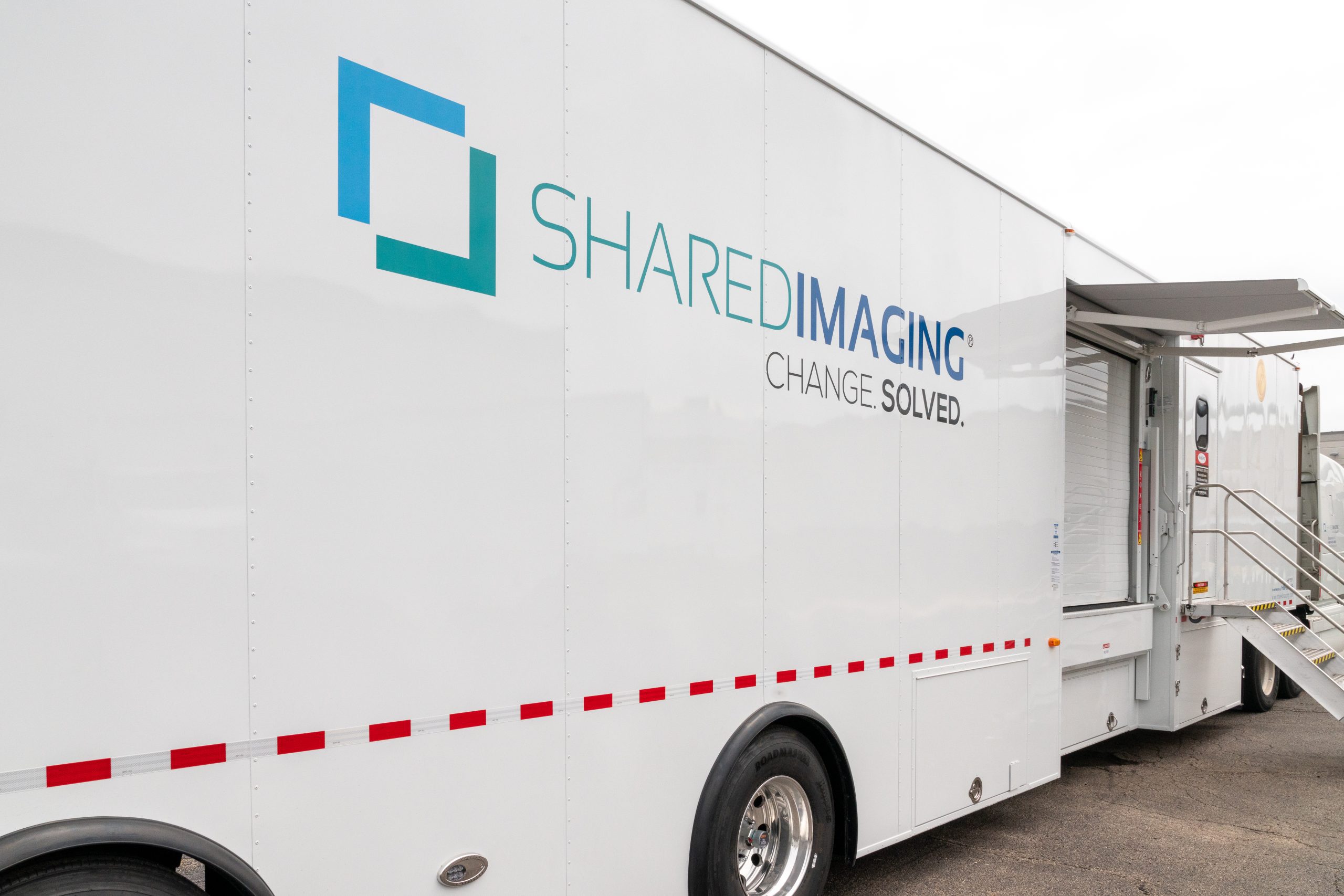5 Necessary Points to Consider While Sourcing an Interim Imaging Solution
Advances in medical technology have revolutionized the way healthcare organizations operate. Imaging modalities such as Magnetic Resonance Imaging (MRI), Computed Tomography (CT) and Positron Emission Tomography/Computed Tomography (PET/CT) have greatly improved diagnostic accuracy, shortening recovery times and improving the overall patient experience. However, when these machines unexpectedly break down or you need extra capacity, it can be challenging to quickly source an interim solution. If you’re considering an interim imaging solution, we’ve identified five key points to keep in mind.
Reliability and Quality
When sourcing an interim MRI, CT or PET/CT machine, it is crucial to ensure that the equipment will meet the same high standards of reliability as your primary equipment. It should also be capable of providing high-quality images to ensure correct diagnoses. Consider machines from experienced vendors who can deliver what they promise.
Compatibility
It is crucial that the interim equipment you choose should be compatible with your existing hardware, such as PACS and DICOM systems. Incompatibility issues can lead to unexpected downtime and costly mistakes. Choose equipment that integrates with your existing systems to ensure a smooth transitionary period.
Service and Support
Imaging equipment can be complex, and an interim solution that doesn’t come with service and support can quickly become a headache. When considering an interim solution, check to ensure the vendor offers comprehensive service and support in addition to quality equipment.
Cost
Imaging equipment is expensive, which is why implementation of an interim solution may be an attractive option. However, before sourcing a machine, it pays to get an accurate breakdown of the costs. Some vendors have additional expenses, such as fees for installation, shipping, and removal. Factor in these costs before committing.
Lead Time
Finally, lead time should also be considered when choosing an interim solution. Some equipment can arrive in as little as 72 hours while others may take several weeks. It is essential to know when you need the interim system, so you have enough time to plan for it before the schedule starts to affect your workflow.
It is essential to be prepared for any scenario when it comes to imaging, whether it’s unexpected downtime, seasonal fluctuation, repairs, or upgrades. However, with the right approach, interim imaging solutions can be incredibly useful in helping you to maintain high levels of diagnostic accuracy, reduce wait times, and maintain optimal patient experience. Keep the above five points in mind when choosing an interim MRI, CT or PET/CT machine and work with a reliable, experienced vendor to ensure you have the resources necessary when you require them.

